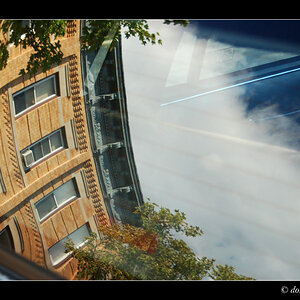sdgmusic
TPF Noob!
- Joined
- Mar 11, 2007
- Messages
- 93
- Reaction score
- 0
- Location
- Mississauga, Ontario, Canada
- Website
- www.sean-degroote.ca
- Can others edit my Photos
- Photos OK to edit
What is the difference between the lens designations APO and Asperical? I thought they were the same.
From what I understand APO is a special asperical piece of glass that allows all colours to focus the same so that all colours are vibrant in the picture, not just the ones in focus. Is Asperical the same thing?
From what I understand APO is a special asperical piece of glass that allows all colours to focus the same so that all colours are vibrant in the picture, not just the ones in focus. Is Asperical the same thing?













